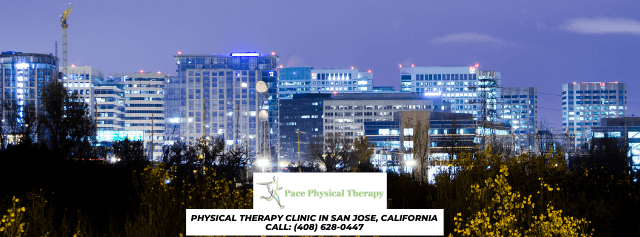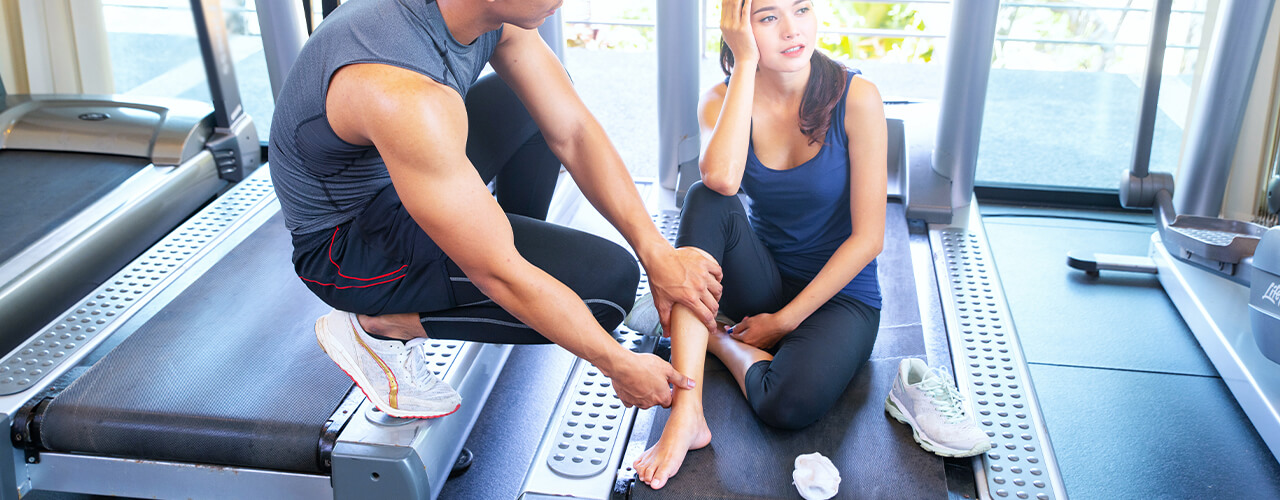What Are The Best Positions For Sleeping With Back Pain And Sciatica?

Getting enough restful, restorative sleep is a key component of an effective sciatica treatment plan. However, if your pain is severe, it may be a challenge to find a comfortable position and to fall asleep and/or sleep through the night.
Abundance of information is available to recommend different sleep positions or products, but much of this is anecdotal. Here are some helpful tips, backed up by medical research, to help you find relief and regain control of your sleep schedule.
- Sleep on your side with a pillow between your knees.
If you feel uncomfortable lying flat on your back, try shifting to your side:
- Allow your right or left shoulder to be in contact with the mattress, along with the rest of your body.
- Place your pillow between your knees.
- If there is a gap between your waist and the mattress, consider using a small pillow for additional support.
Whether you use one or two pillows, you should resist the urge to sleep on the same side. Doing so many causes problems such as muscle imbalance and scoliosis. Sleeping on your side alone will not make you feel any better. It’s the trick to use the pillow between your knees. Your hips, pelvis, and spine will be better aligned with the pillow.
- Sleep on your stomach with a pillow under your abdomen.
You might have heard that sleeping on your stomach is actually bad for back pain. This is partly true because it might add stress to your neck. But if you find yourself resting on your stomach, you ‘re not going to have to force another position. Instead of:
- Place a pillow under your pelvis and lower abdomen to relieve some of the pressure on your back.
- Depending on how you feel, you may or may not choose to use a pillow under your head.
People with degenerative disk disease may benefit most from stomach sleeping with a pillow. It can relieve any stress placed on the space between your disks.
- Sleep on your back in a reclined position.
Do you feel the most comfortable snooze in a recliner? Although sleeping in a chair may not be the best choice for back pain, this position may be beneficial if you have isthmic spondylolisthesis.
Consider investing in an adjustable bed so that you can sleep with the best alignment and support this way. Isthmic spondylolisthesis is a condition in which the vertebra slips over the one below it. Reclining may be beneficial to your back because it creates an angle between your thighs and trunk. This angle helps to reduce the pressure on the spine.
- Sleep on your side in the fetal position.
If you have a herniated disk, you might want to try to sleep on your side curled in a fetal position:
- Lay on your back and roll over gently to your side.
- Tuck your knees to your chest and gently curl your torso to your knees.
- Remember to switch sides from time to time to avoid any imbalances.
Your disks are soft cushions between the vertebrae in your spine. Hernia occurs when part of the disk is pushed out of its normal space , causing nerve pain , weakness, and more. Curling your torso to a fetal position opens the space between the vertebrae.
- Sleep on your back with a pillow under your knees.
Sleeping on the back may be the best way for some people to relieve back pain:
- You ‘re lying flat on your back.
- Place a pillow under your knees and keep your spine neutral. The pillow is important — it works to keep the curve in your lower back.
- You may also place a small, rolled up towel under your small back for additional support.
When you sleep on your back, your weight is evenly distributed and spread across the widest part of your body. As a result, you place less stress on your pressure points. You can also improve the alignment of your spine and internal organs.
Are You Looking for Relief From Back and Sciatica?
Pace Physical Therapy in San Jose, California specializes in back pain and sciatica relief and recovery therapies. We pride ourselves on offering the best possible physical therapy available and going above and beyond for our patients. Our highly experienced physical therapist will work with you to improve your function and relieve your pain. We start by assessing the body as a whole. Oftentimes the cause of pain or an injury extends far beyond just the body part or muscle hurting. Without taking a comprehensive look at your entire self, we would be doing you a disservice in fully helping you heal and preventing future limitations. We then move on to fixing your areas of limitation. Not all diagnoses are created equal. One person with low back pain may have completely different limitations than the next person. Your recovery program needs to be specific to what YOUR body needs and not just the typical exercise program that you can find online to and-aid the real issue. Just because your pain decreases or you can walk longer doesn’t mean that it is enough to get you functioning at the level you want to be. While this often signifies the end of care at your typical PT clinic we don’t stop providing guidance until we help you successfully meet every goal you set for yourself with us on day one. Contact us today to schedule your appointment!


